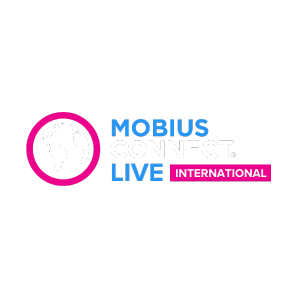Description
Huntly power station, the largest in New Zealand, is operated by Genesis Energy, the third largest generating company in New Zealand in terms of production capacity. The power station has four 250 MW steam turbine generators running on natural gas or coal, of which two are operational at one time (one unit is in storage, the other is decommissioned). In addition to these units, there is also a 385 MW combined cycle unit and a 50.8 MW open-cycle gas turbine unit for peaking.
The steam turbines, generators and main boiler feed pumps have all been monitored by Brüel & Kjær Vibro since 1994. From the very beginning, however, there have been unique challenges to monitoring the units, since each unit is mounted on flexible steel frame foundations for earthquake protection. Therefore, during run-up, the generators pass through a couple of critical speeds and a bearing resonance, which are close to the operating speed. For this reason, one of the more important requirements for the monitoring system is to individually monitor the vibration peaks within various speed bands during run-up to automatically detect anomalies.
In 2019, as unit 1 was scheduled for a 3-month maintenance shutdown, it was decided to also upgrade the monitoring system. SETPOINT was selected, not only because of transient speed monitoring to alarms and remote monitoring capability, but also because it had an interface for the existing Genesis Energy PI system. A corporate and local PI server network were already established to enable data correlation and trending, so this could be easily extended to include SETPOINT data. Setpoint went one step further by exporting time waveform data to PI, not just static data. This means the diagnostic specialist can post-process the time waveforms stored in PI for more detailed vibration analysis.
Take-aways:
- Data historian systems such as PI centralize condition monitoring data with process data, therefore making it easier to correlate and trend data and archive machine fault data for optimized diagnostics and root cause analysis
- There is a lot of third-party condition monitoring functionality available that has been developed specifically for the PI system such as for automatic detection of anomalies, notification of events, reporting, diagnostics, visualization, etc.
- As waveform data can be stored in the PI system, not just processed scalar vibration data, all diagnostics can be done in the PI system, not on a separate, proprietary condition monitoring server.
Bio
 Mike Hastings graduated from Purdue University in 1990 as a mechanical engineer, and has worked as an offshore engineer and product design engineer in various oil and gas industries in the USA. He also has worked as a project engineer in the energy sector in Africa. He has been with Bruel & Kjaer Vibro for the past 29 years, and has written numerous articles and papers on machine condition monitoring. He is convenor for an ISO work group for creating standards on condition monitoring and diagnostics of machines, and is project leader for two standards under preparation; hydroelectric generating units and reciprocating compressors.
Mike Hastings graduated from Purdue University in 1990 as a mechanical engineer, and has worked as an offshore engineer and product design engineer in various oil and gas industries in the USA. He also has worked as a project engineer in the energy sector in Africa. He has been with Bruel & Kjaer Vibro for the past 29 years, and has written numerous articles and papers on machine condition monitoring. He is convenor for an ISO work group for creating standards on condition monitoring and diagnostics of machines, and is project leader for two standards under preparation; hydroelectric generating units and reciprocating compressors.
